
Home > Product > Ball Valve > Ball Valves Based on Port Configuration
In any fluid handling system, selecting the right port configuration of a ball valve can mean the difference between efficient operation and recurring bottlenecks. At Perfect Engineers, we help you choose the correct 2-way, 3-way (L/T), or 4-way ball valve design depending on how you need to divert, mix, or isolate fluid flow.
This guide breaks down every type of port configuration, along with real-world use cases, technical advantages, and selection tips—perfect for engineers, consultants, plant heads, or EPC buyers.
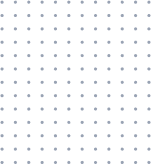
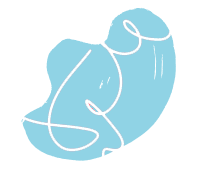

The port configuration defines how many openings the valve has and how the internal ball is drilled or shaped to direct the fluid. Port types determine whether the valve acts as a shut-off, diverter, or mixer.
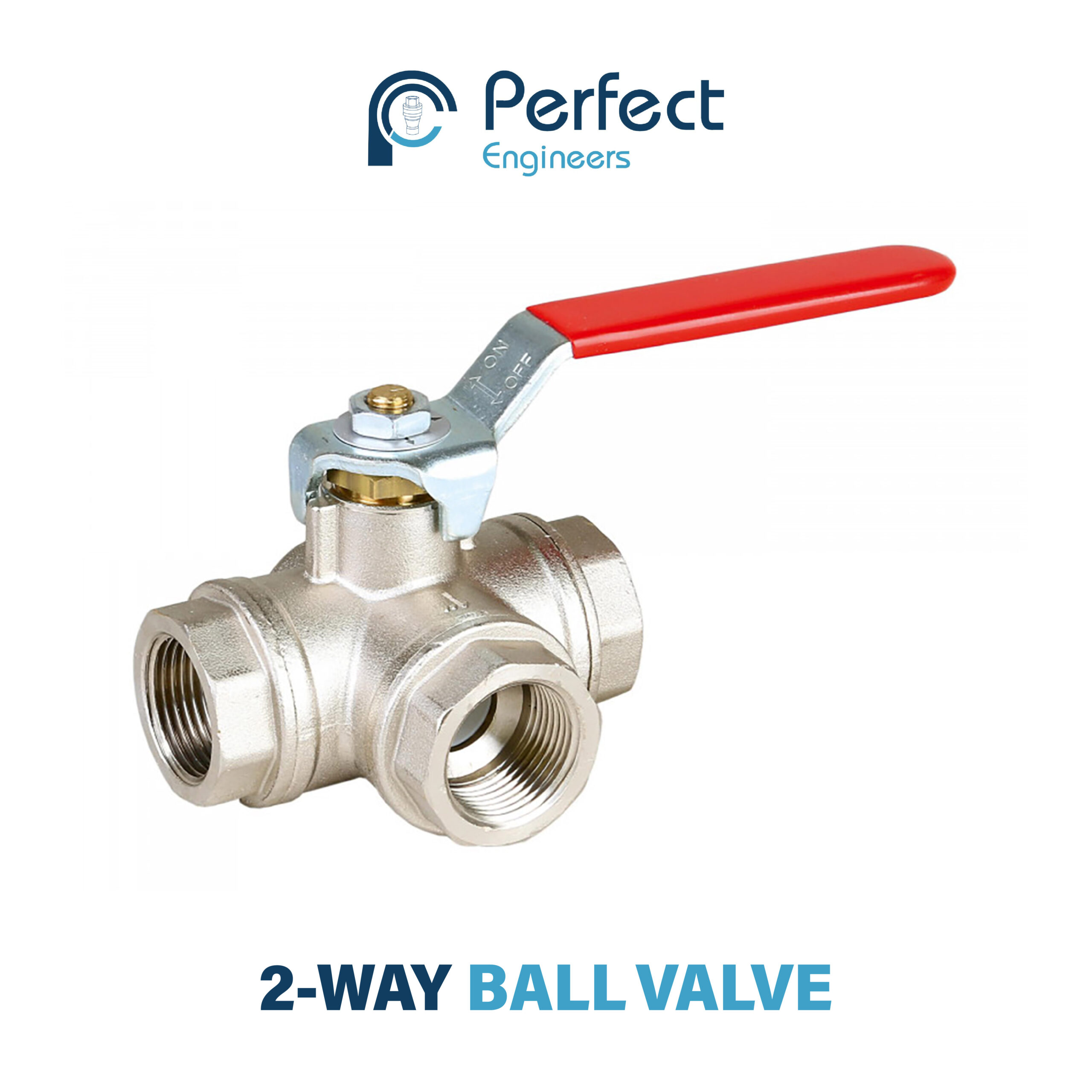
Description:
Two openings – inlet and outlet. This is the most common and basic valve used for isolating flow.
Features:
Used In:
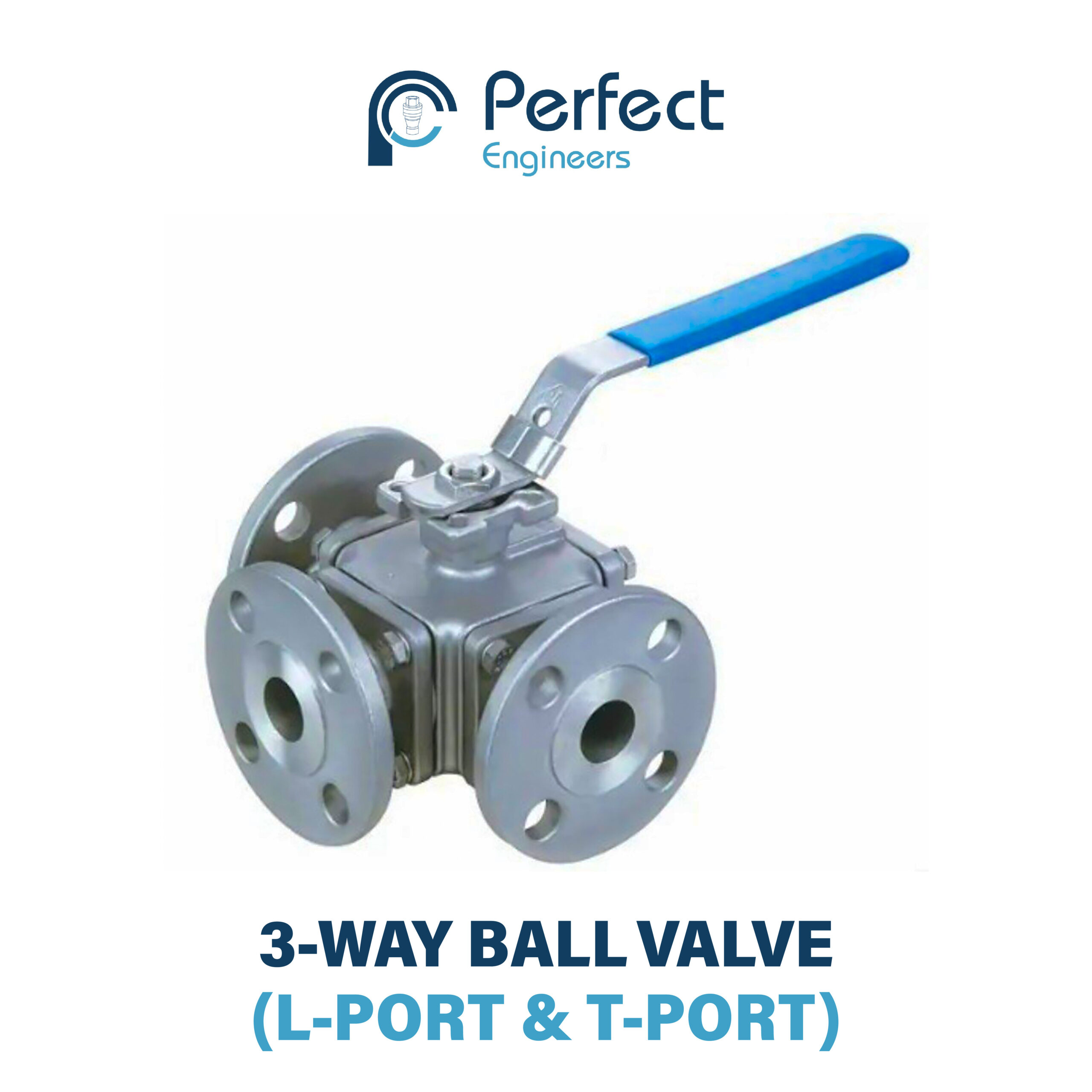
Description:
Three openings with L-shaped bore inside the ball. Allows flow from one inlet to either of two outlets, but not both at the same time.
Features:
Used In:
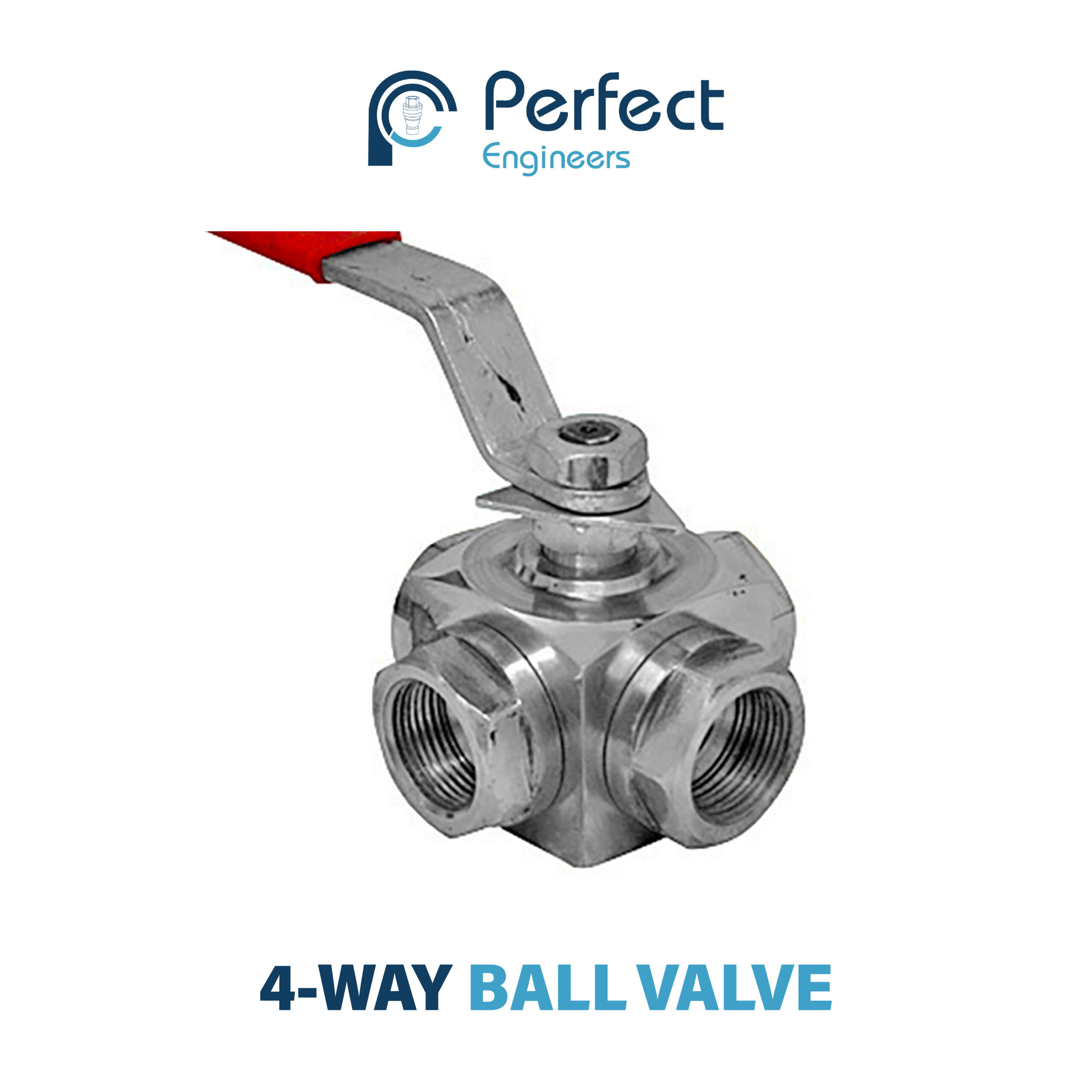
Description:
Four ports and a cross-drilled ball. Designed for complex switching, used where multiple flow directions are needed.
Features:
Used In:
| Type | Flow Paths | Use Case Example | Manual/Pneumatic | Cost Level |
|---|---|---|---|---|
| 2-Way | Open / Shut | Pump isolation | ✅ | 💰 |
| 3-Way (L) | A↔B or A↔C | Tank switching | ✅✅ | 💰💰 |
| 3-Way (T) | A→B & C or A→B | Mixing/Diverging flows | ✅✅ | 💰💰💰 |
| 4-Way | Multi-direction | Complex distribution loops | ✅✅✅ | 💰💰💰💰 |
Use L-Port when you want to direct fluid from one source to either of two destination
Use T-Port when you want to mix or split the flow between three lines
+91-8591096714
sales@perfectengineersindia.com
www.perfectqrc.com
All port types available in:
Yes, but it’s better suited for mixing/diverting. For shut-off, use a standard 2-way.
Not if properly installed. We use advanced seat designs for tight sealing.
Both can be automated. T-port is used more in process blending, L-port in selection.
Yes, in many systems. It reduces piping and control complexity.
Not necessarily. We supply standard ISO-mounting pneumatic and electric actuators for all.
WhatsApp us